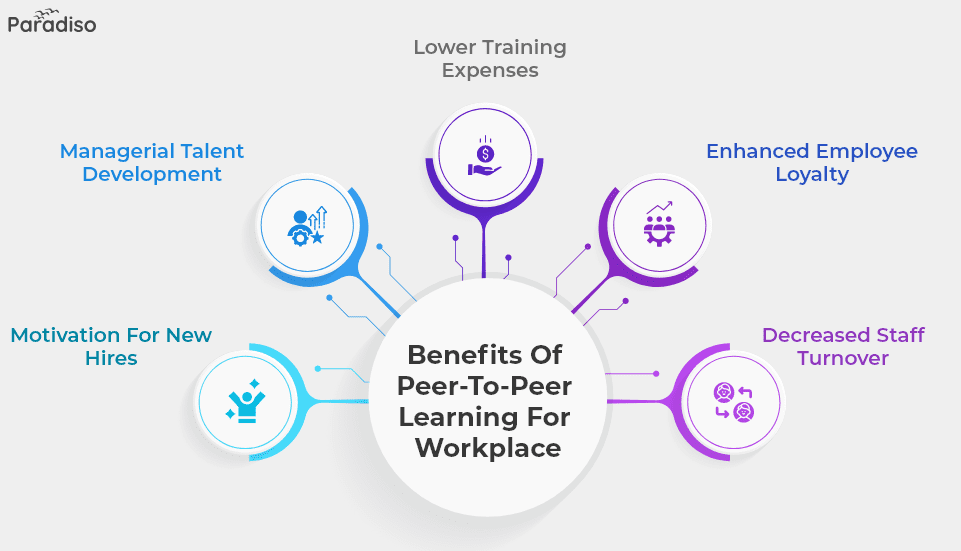Peer-to-peer learning is an innovative and collaborative approach to employee development within a company. This strategy harnesses the collective knowledge and skills of a workforce, creating a dynamic learning environment where employees learn from each other. Unlike traditional top-down training methods, peer-to-peer learning guide for 2024 fosters a culture of mutual growth and empowerment.

We have
something for you!
Are you still figuring out which LMS is the best? Grab the chance to explore the LMS Buyer's Guide and get started.












